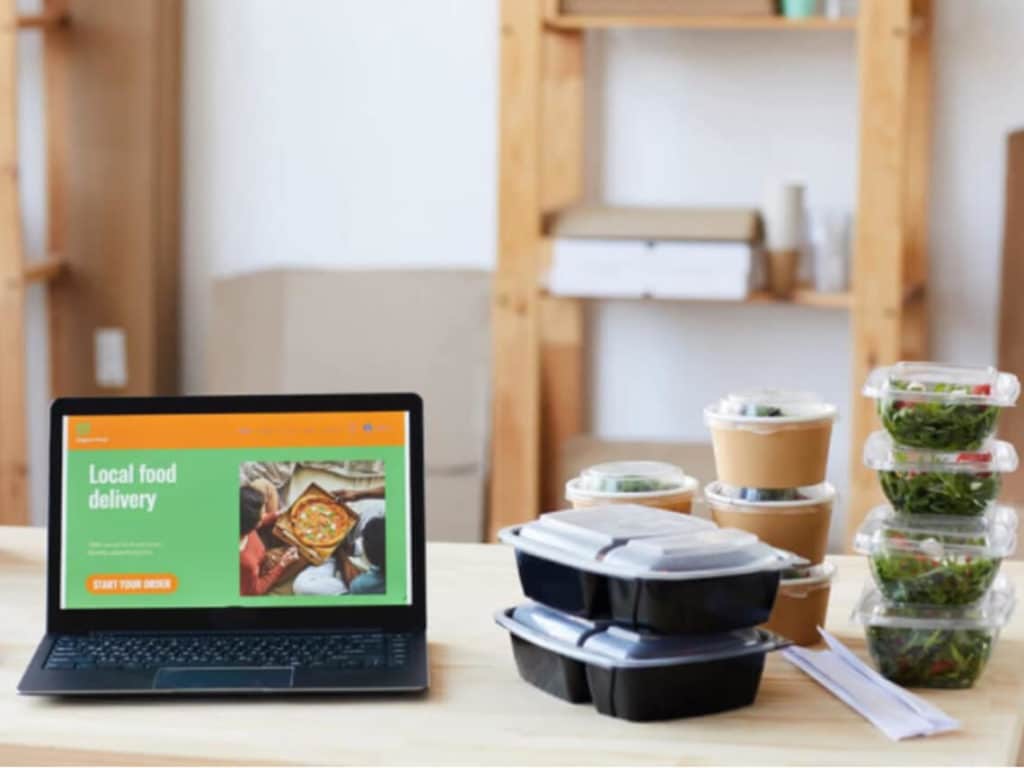Everyone is putting 2020 behind them, including the food and beverage industry. The industry has been forced to adapt to a new business environment and consumer behaviors as a result of the pandemic. Last year, consumer behavior underwent a major change, with families coming together through home-cooked meals and consuming healthy food more than ever. We also saw restaurants shift towards home deliveries, takeouts, and curated at-home dining experiences.
Experimentation and the creation of new food trends have always been a part of the food and beverage industry. COVID-19 only accelerated the creative spark that drove innovative ways for the industry to survive and thrive in a post-pandemic world. The trends around new products, technology, service, delivery, and overall food culture appears to be here to stay beyond 2021.
Forecasting Food Service Trends
Takeout services continue to expand and restaurants’ assurance that food won’t be compromised provides a sense of security for people who are ordering digitally. Containers and bags designed to seal ensures food isn’t exposed and alerts customers if the food has been opened. Among other product trends, are cashier shields, hand sanitizer kiosks, floor labels, face shields, and social distancing signs.
The rise of ordering food online skyrocketed to include everything from 10-course meals to DIY meal kits and unique packages containing fresh ingredients. Restaurants looked to shift how they craft their menus specifically for delivery and takeout. Quality and convenience have become even more of a major factor for restaurants looking to maintain excellent customer experiences. Some additional service trends are drive-in restaurants, ghost/virtual kitchens, single-serving packaged meals for grab and go options, and curbside pick-up.
Third-party online food delivery apps such as Grubhub, Uber Eats, and DoorDash made online food delivery a $10 billion dollar business in 2019, and that value only increased during 2020. These services were extremely high in demand, and providing no-contact delivery eased hungry people’s concerns about interacting with strangers during the pandemic. Some additional delivery trends are grocery delivery, meal subscription services, co-op delivery, and even alcohol delivery.
The F&B industry has made it a priority to ensure the health of employees and customers. The market has already seen new AI-based technologies that help food businesses better manage risk in their workforce. QR Code Menus giving customers the ability to view the menu from their smartphones took the place of restaurants handing out traditional menus.
To save time and reduce the interaction between guests and servers, individual checkout systems have been implemented in restaurants across the country. Some additional technologies that will be here to stay are customized apps from larger restaurant chains, UV lights installed at grocery entryways, and zero contact temperature checks to lower the risk of potentially sick customers.
As the pandemic slowly takes a turn for the better, the F&B industry is doing everything they can do to survive, from developing new and creative service and delivery trends to creating helpful products and innovative technology. These trends are transforming the direction of the culinary world, too.
Top Food Trends 2021
According to Kalsec global market research, the six trends expected to guide the global food industry in 2021 include:
- Functional Food And Beverages
- Celebrating Culture with Cuisine
- A Force for Good
- Innovation in Prepared and Takeout Meals
- Specific Spices and Ingredients 2.O
- Classics with a Modern Twist
Our friends in the restaurant industry had to adapt and look at creative ways to share their passion and art of food with their customers. As renowned chefs looked to social media to connect with their followers, the rise of independent chefs sharing their recipes and experiences with the world through Instagram and Youtube planted a stake in the ground.
Restaurants are looking to shift how they craft their menus to reflect daily specials, incorporating more vegetable-forward dishes, and international cuisine, where the focus on holistic eating and zero waste is a reflection of COVID-19. Sourcing local ingredients and eating healthier has become a priority for people becoming more conscious of what they eat. New methods of preserving food, such as salting, dehydrating, pickling, and fermenting are becoming more popular both in home kitchens and restaurants alike.
Peddler’s Son Is Here For You
As a family-owned wholesale produce distributor since 1988, Peddler’s Son is here to help your business grow. We provide exceptional customer service through transparency and integrity while building valuable relationships with Arizona organizations with the best quality fresh produce and provisions. Contact us today to learn more about becoming a customer.
